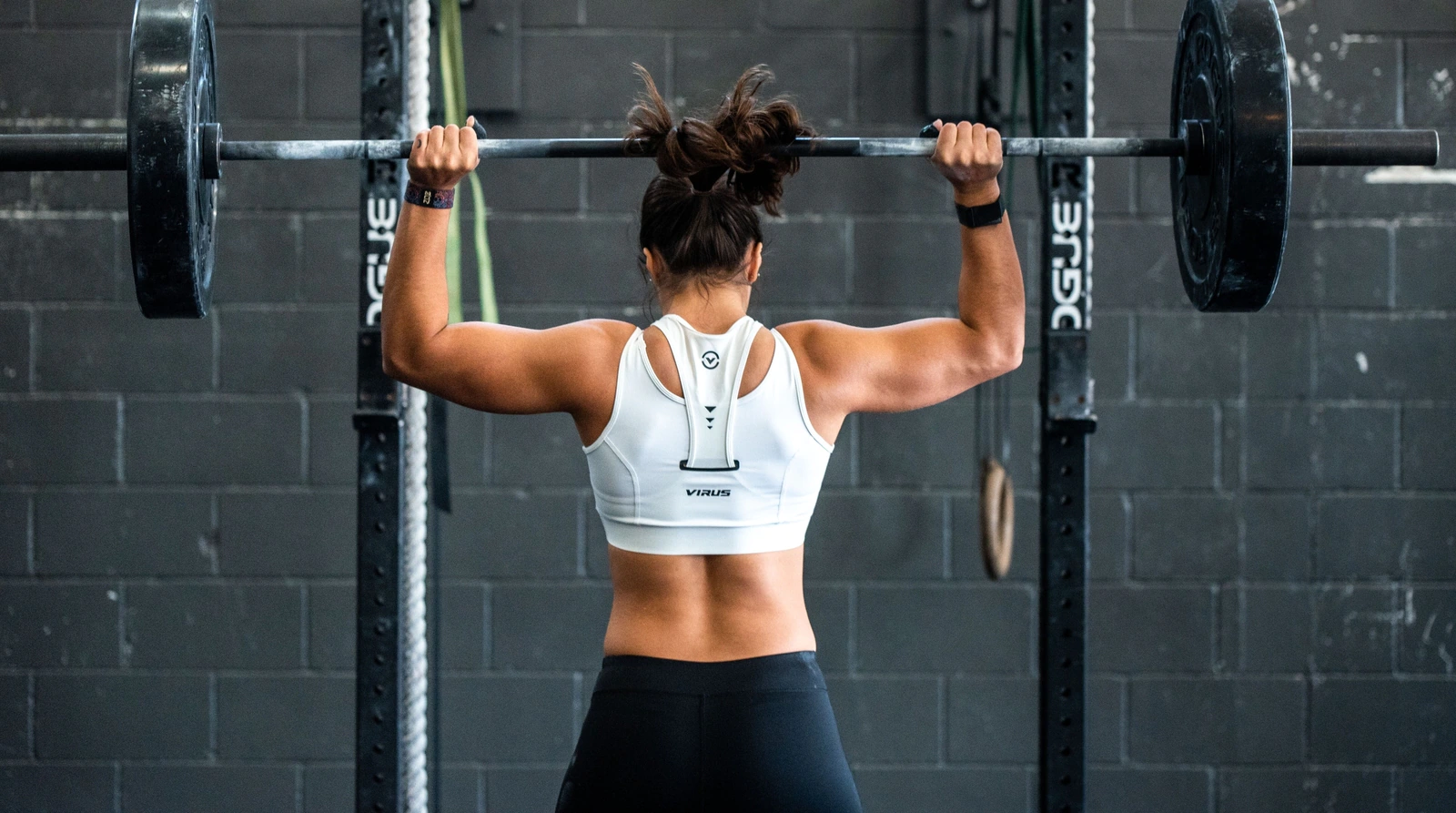A study of older people found that regular weight-training exercise lowers the risk of dying from all causes except cancer. Statistics also showed that there is another benefit to sticking to a weekly workout plan that includes both weight training and cardio. The results of the study were written up in the British Journal of Sports Medicine online. (Also see: How much exercise do you need to do to stay alive? Now, you can find out)
Current physical activity guidelines say that everyone should do at least 150 minutes per week of moderate-intensity aerobic activity, 75 minutes of vigorous-intensity aerobic activity, or an equivalent combination of the two. This is called MVPA (moderate-to-vigorous physical activity). It’s also suggested that adults do things that work all of their major muscle groups. Aerobic exercise is always linked to a lower chance of dying, but it’s not clear if weight lifting has the same effect.
To fill this gap in knowledge, the researchers looked at how weight training and aerobic exercise might affect the risk of death in older people, both on their own and together. The Prostate, Lung, Colorectal, and Ovarian (PLCO) Cancer Screening Assay was used to make them. This study started in 1993 and includes 154,897 men and women between the ages of 55 and 74 from 10 different cancer centres in the United States.
In 2006, 104,002 of the participants were also asked if they had worked out with weights in the past year and, if so, how often, from once a month to several times a week. They were also asked how often and for how long they had done moderate and vigorous physical activities in the past year.
Moderate intensity was defined as “exercise that caused a light sweat or raised breathing and heart rate to moderately high levels,” while severe intensity was defined as “activity that caused heavy sweating or raised breathing and heart rate to very high levels.”
Based on total MVPA minutes per week, four activity groups were made: (1) inactive, 0 minutes; (2) insufficient aerobic MVPA, 1-149 minutes; (3) sufficient, more than 150 minutes of moderate or equivalent vigorous activity; and (4) very active, 301 or more minutes of moderate or equivalent vigorous activity.
In the end, 99,713 people took part in the study. Of those, 28,477 died during an average of 912 years of follow-up. At the start of the follow-up period, their average age was 71, and their average BMI was 27.8 kg/m2, which means they were overweight.
Nearly a quarter (23%) of the people surveyed said they did some kind of activity that involved carrying weight, and 16% said they worked out with weights one to six times a week. Almost a third (32%) were active enough aerobically and met (24%) or went above (8%) the MVPA requirements. Weight training and aerobic MVPA were linked to a lower risk of death from any cause, as well as heart disease, but not cancer.
Using weights to exercise was linked to a 9-22% lower risk of death in people who didn’t do MVPA. For example, using weights once or twice a week was linked to a 14% lower risk. Also, aerobic MVPA was linked to a 24-34% lower risk of death from any cause among people who didn’t lift weights, compared to people who didn’t do either aerobic MVPA or weight training.
But people who said they did both kinds of exercise had the lowest risk of dying. For example, those who did the recommended amount of MVPA and lifted weights once or twice a week had a 41-47% lower risk of dying than those who were physically inactive.
Education level, smoking, BMI, race, and ethnicity didn’t change the relationships that were seen, but gender did: the relationships were stronger in women. This is an observational study, so it can’t find a cause. It is based on personal memories and data from a single point in time. There were no specifics about the participants’ training intensity, training load, training volume (sets and reps), or how long they had been lifting weights, all of which could have changed the results.
The study only used weights, but the researchers say that callisthenics (push-ups and squats), Pilates, and plyometrics (jumping jacks and burpees) are also good ways to strengthen muscles. You might be able to lose weight if you lift weights: The researchers say that their findings are due to the fact that total lean mass is linked to a lower risk of death on its own. And if you do it at a gym, it can be a great way to meet new people, which is another way to live a better and longer life.
“Our finding that people who did both types of exercise tended to have the lowest risk of death provides strong support for current recommendations for aerobic and muscle-strengthening exercise,” they write. They come to the conclusion that “older adults would benefit greatly from adding weight-bearing activities to their exercise plans.”







